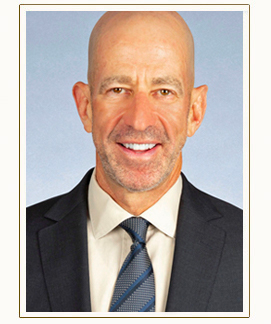Medicare, Social Security retirement benefits, and individual retirement accounts all change in small but important ways in 2014, and people too young for Medicare will have new health insurance options. Here is what is changing.
First, thanks to the Affordable Care Act, people retiring before age 65 can now purchase health insurance on the new state health insurance exchanges. People can no longer be denied health insurance because of a pre-existing condition, and subsidies may be available for low and middle income earners.
For people on Medicare, the Part D prescription coverage gap has lessened in effect. Once a Medicare beneficiary has spent $2,850 on medication, then there is a gap until catastrophic coverage kicks in after $4,550 in costs for medication. In that gap, beneficiaries were required to pay 79 percent of drug costs, but that decreases to 72 percent in 2014.
Social Security benefits go up by 1.5 percent in 2014, due to the annual cost-of-living increase. The average increase will be $19 per month for individuals and $31 per month for couples who are both receiving benefits.
Social Security taxes increase for some in 2014. Workers usually pay 6.2 percent of their income into the system until they reach the $113,700 tax cap for the year. For 2014, that cap rises to $117,000.
Finally, the income limits for those eligible to contribute to individual retirement accounts (IRAs) and 401(k)s have increased. Investors who have workplace 401(k)s and also want an IRA can claim a tax deduction for IRA contributions until their adjusted gross income (AGI) reaches between $60,000 and $70,000, an increase of $1,000 over last year. For married couples, the income limits are now between $96,000 and $116,000. The income phaseout range for investors whose spouses have a 401(k) is up $3,000 from last year, to between $181,000 and $191,000. For Roth IRAs, the income phaseout range increased by $2,000, to between $114,000 and $129,000, or for married couples between $181,000 and $191,000.



